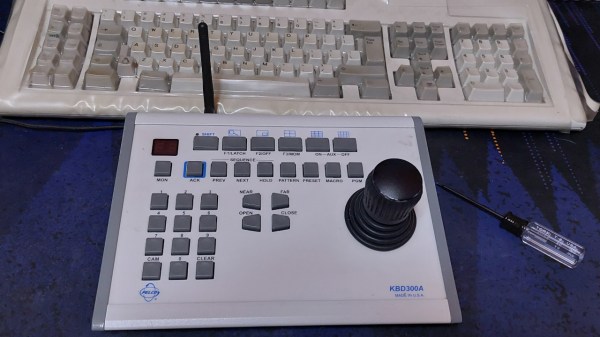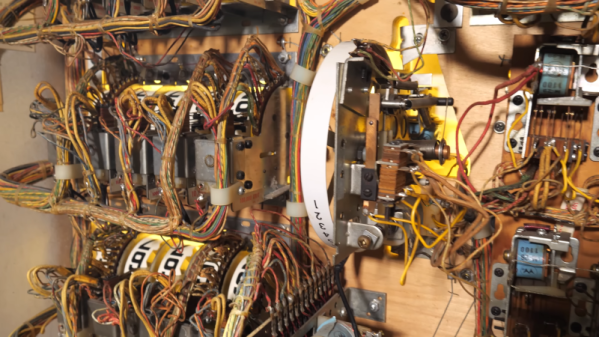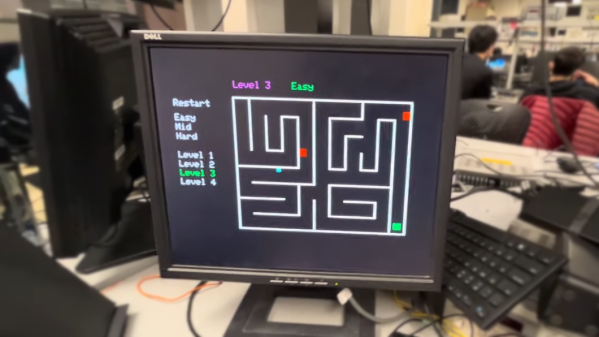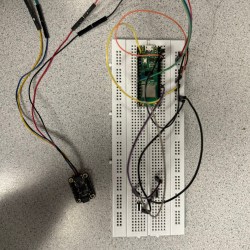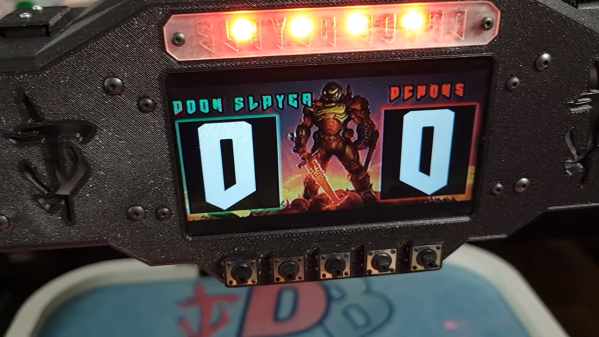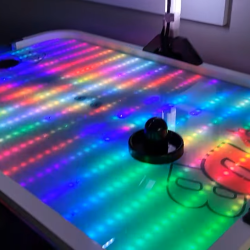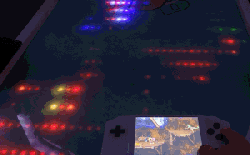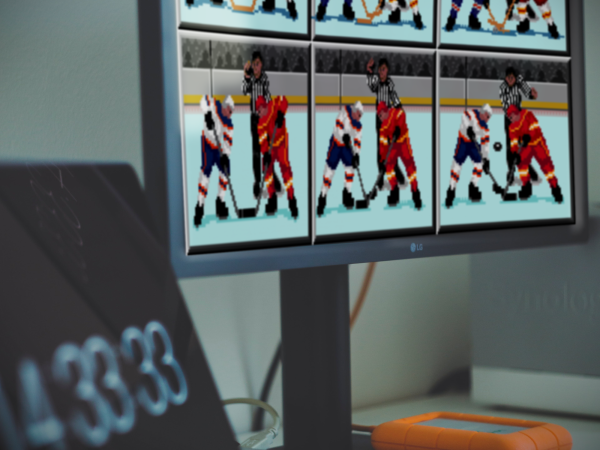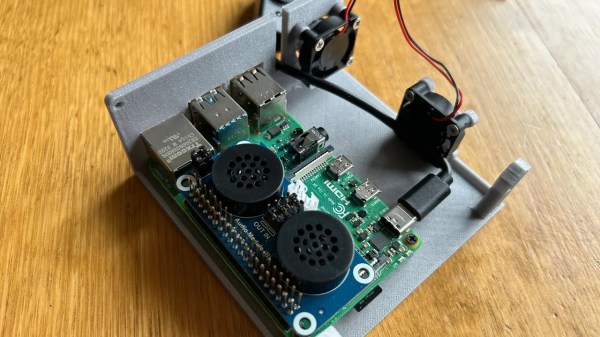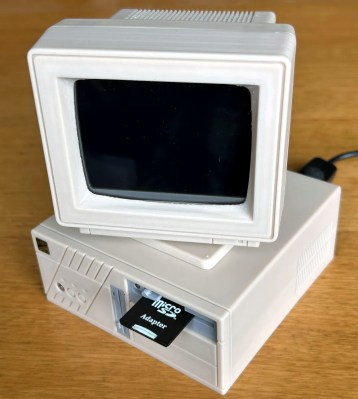Adding natural language interfaces to software is easier than ever, and that led [creikey] to prototype a game that hinges on communicating with NPCs. The prototype went through multiple iterations during which he mainly discovered things that did not work well. Ultimately, it led to [creikey] settling on a western-themed game called Dante’s Cowboy which he hopes to release as an experiment. He begins talking about the game around the 4:43 mark in the video, which directly precedes a recording of a presentation he gives at as an indie developer.
Games typically revolve around the player manipulating entities in an environment in order to make things happen. This interaction drives engagement and interesting decisions. But while adding natural language AI to NPCs makes them easy to talk with, talking by itself is a shallow interaction. Convincing NPCs to do things? That’s complex and far more difficult to implement. [creikey] realized the limitations large language models (LLMs) had and worked to overcome them to make a unique game experience.
The challenges boil down to figuring out how to drive meaningful interaction, aligning AI behavior with the gameplay context, and managing API costs. In his words, “it’s been a learning experience to figure out where [natural language AI] even belongs in a game, if it belongs at all.”
We’ve previously seen ChatGPT used to grant NPCs the ability to communicate naturally which is a fascinating tech demo, but gameplay-wise can boil down to being a complicated alternative to pressing a button. As [creikey] discovered, adding this technology into games in a way that feels meaningful takes a new kind of work.
Continue reading “Adding AI To NPCs Is Easy, Doing It Well Is Hard”


